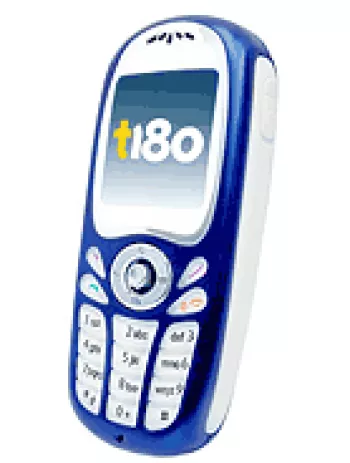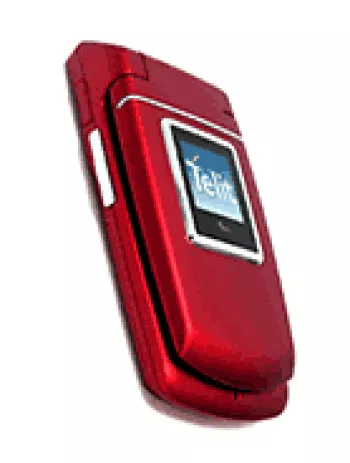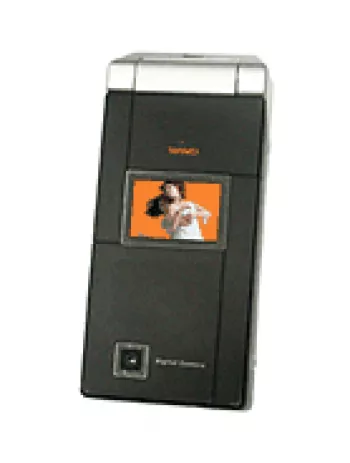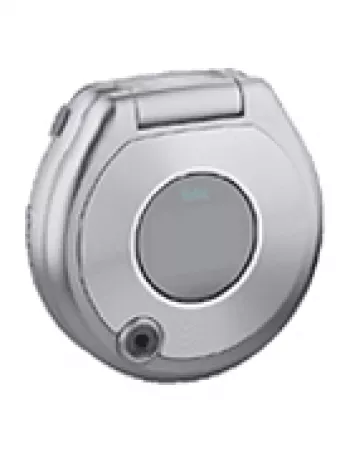
Overview of Telit t180
The Telit t180 is a classic example of early 2000s mobile technology, showcasing a time when mobile devices were simpler and primarily focused on basic communication needs. Introduced in the second quarter of 2006, the Telit t180 was a feature phone aimed at users who desired straightforward functionality without the complexities of modern smartphones. Its design and capabilities reflect the mobile industry trends of the time, where long battery life, basic connectivity, and fundamental applications prevailed over advanced multimedia and high-speed internet.
Design and Display
At a compact size of 100 x 45 x 18 mm and a lightweight of 76 grams, the Telit t180 was designed for portability. The phone could easily fit into a pocket or small purse, making it convenient for users on the go. It featured a CSTN display capable of rendering 65,000 colors with a resolution of 128 x 128 pixels, providing adequate visual feedback for navigating menus and viewing text messages. The square resolution was typical for its time, prioritizing text clarity over multimedia content.
Network and Connectivity
The Telit t180 supported GSM 900/1800 bands, ensuring decent network coverage across various regions, especially within Europe and Asia where these bands were common. Connectivity options were basic, with no support for EDGE, WLAN, or Bluetooth. It offered GPRS Class 10 connectivity, suitable for slow-speed data transfer necessary for basic internet browsing through the WAP 1.2.1 browser.
Camera Capabilities
The phone was equipped with a single VGA camera. While the 0.3-megapixel camera offered limited picture quality by modern standards, it allowed users to capture simple photos, which was a novelty at the time in feature phones. The camera lacked video recording capabilities, reflecting the device's focus on basic telephony and messaging functions.
Memory and Storage
The Telit t180 came with an internal memory of 2MB, adequate for storing contacts and a limited number of SMS messages. The phonebook could store up to 300 entries, and the call records feature allowed for storing details of the last 10 dialed, received, and missed calls. Notably, the phone did not support memory expansion via a card slot, which was a common limitation in feature phones.
Sound Features
Audio options on the Telit t180 were basic. It lacked a loudspeaker and a 3.5mm headphone jack, typical omissions in feature phones of that era. Users could personalize their phones with downloadable polyphonic and MIDI ringtones, which were popular audio formats for mobile devices at the time. The phone supported vibration alerts for incoming calls and messages, providing a discreet notification option.
Messaging and Applications
The Telit t180 supported SMS, EMS, and MMS messaging formats, enabling users to send and receive text, enhanced messages with simple media, and multimedia messages. The incorporation of games and Java MIDP 1.0 allowed for simple applications and entertainment options, which were significant selling points for consumers seeking minor distractions or functional apps on their devices.
Battery Life
The device was powered by a removable Li-Ion 650 mAh battery, a standard for feature phones, ensuring longevity and reliability. With a stand-by time of up to 250 hours and a talk time of up to 5 hours, the battery performance was sufficient for daily use without frequent recharging, a necessity for users in the pre-smartphone era where constant connectivity was not prevalent.
Conclusion and Legacy
The Telit t180 encapsulates the simplicity and efficiency of early mobile telephones designed for communication-focused tasks. While it may appear rudimentary by today's standards, its combination of basic features was aligned with the expectations and technological capabilities of the time. As a discontinued model, it now serves as a nostalgic reminder of the rapid advancement in mobile technology witnessed over the subsequent decades.
Telit t180 Key Features
- Lightweight design: Weighs only 76 g (2.68 oz).
- Compact dimensions: 100 x 45 x 18 mm (3.94 x 1.77 x 0.71 in).
- GSM Technology: Supports GSM 900 / 1800 bands.
- Display: CSTN with 65K colors and a resolution of 128 x 128 pixels.
- Phonebook capacity: Stores up to 300 entries.
- VGA main camera.
- Support for SMS, EMS, and MMS messaging.
- Java support: MIDP 1.0 compatible.
- Removable Li-Ion 650 mAh battery: Offers up to 250 hours standby time and up to 5 hours talk time.
- Available in two color options: Navy Blue, Lacquered White.
Telit t180 Key Disadvantages
- Only supports GSM network technology, with no support for newer generations like 3G or 4G.
- Discontinued status, affecting availability of service and support.
- Low-resolution CSTN display with just 128 x 128 pixels.
- No expandable storage; only 2MB of internal memory is available.
- Basic VGA camera with no video recording capabilities.
- Lacks a front-facing camera for selfies.
- No loudspeaker functionality and lacks the 3.5mm audio jack.
- Absence of wireless connectivity options such as WLAN, Bluetooth, and positioning services like GPS.
- No radio functionality for FM/AM broadcasts.
- Limited communication options with no USB support.
View Also
More Phones
All Rights Reserved +13671 Phones © Mobilawy 2025

























